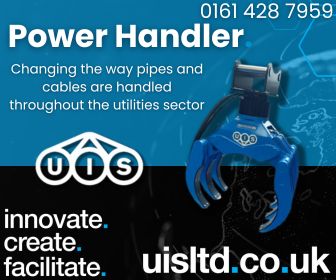Pilot drilling is the foundation of any horizontal directional drilling (HDD) project. Done well, it sets an accurate path for the bore, minimises underground risks, and ensures a smooth pullback. Errors at this stage, however, can lead to costly delays, damaged utilities, and rework.
Drawing on decades of trenchless expertise, Vermeer has developed proven methods and tooling solutions to help contractors achieve greater accuracy and efficiency. Whether you’re working with a compact utility drill or a maxi rig, these seven Vermeer-led practices will support more consistent results on site.
Plan the bore path in detail
Vermeer specialists emphasise the importance of a thorough survey. Map utilities, assess risks, and establish entry and exit points at suitable angles. This planning reduces steering challenges later and supports a controlled pullback.
Match tooling to ground conditions
Selecting the right drill head is vital. Vermeer offers tooling specifically designed for a wide range of geologies, from soft soils to mixed and rocky ground. The right choice boosts steering response, durability, and productivity.
Maintain clear communication
Accurate steering depends on strong collaboration between the operator and locator. Vermeer guidance stresses consistent communication protocols, whether hand signals, radios, or digital systems, to keep the bore on track.
Optimise drilling fluid management
Drilling fluid stabilises the borehole, cools tooling, and removes cuttings. Vermeer recommends adapting viscosity and flow rates to match soil conditions and monitoring pump pressures closely to avoid frac-outs.
Keep a steady pace
Operators using Vermeer HDD rigs are trained to avoid pushing too quickly. A steady approach improves accuracy, reduces wear, and allows adjustments based on real-time locator feedback.
Respond to changing ground conditions
Unexpected changes in soil are common. Vermeer advises monitoring steering response, fluid returns, and pullback resistance, then adjusting fluid mix, tooling, or drilling strategy as needed.
Record bore data
Modern Vermeer rigs and locator systems make it easier to log pitch, depth, and steering inputs. Analysing this information provides valuable insight for both quality assurance and future project planning.
Vermeer’s bottom line – success in HDD pilot drilling comes from preparation, adaptability, and attention to detail. By following these practices and leveraging Vermeer tooling and rig technology, HDD crews can minimise downtime, avoid costly errors, and consistently deliver projects to specification.






